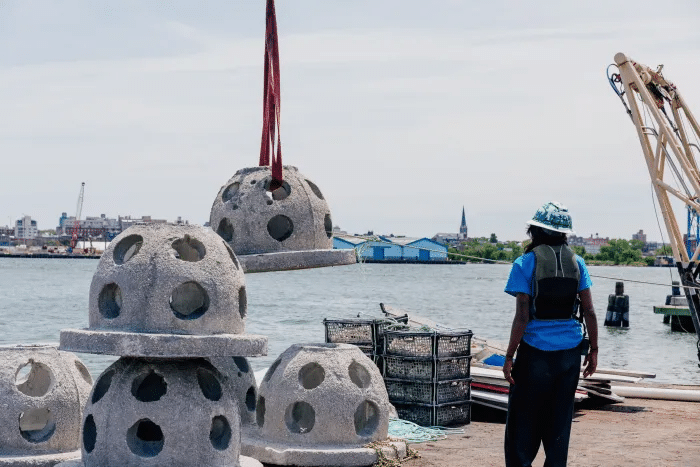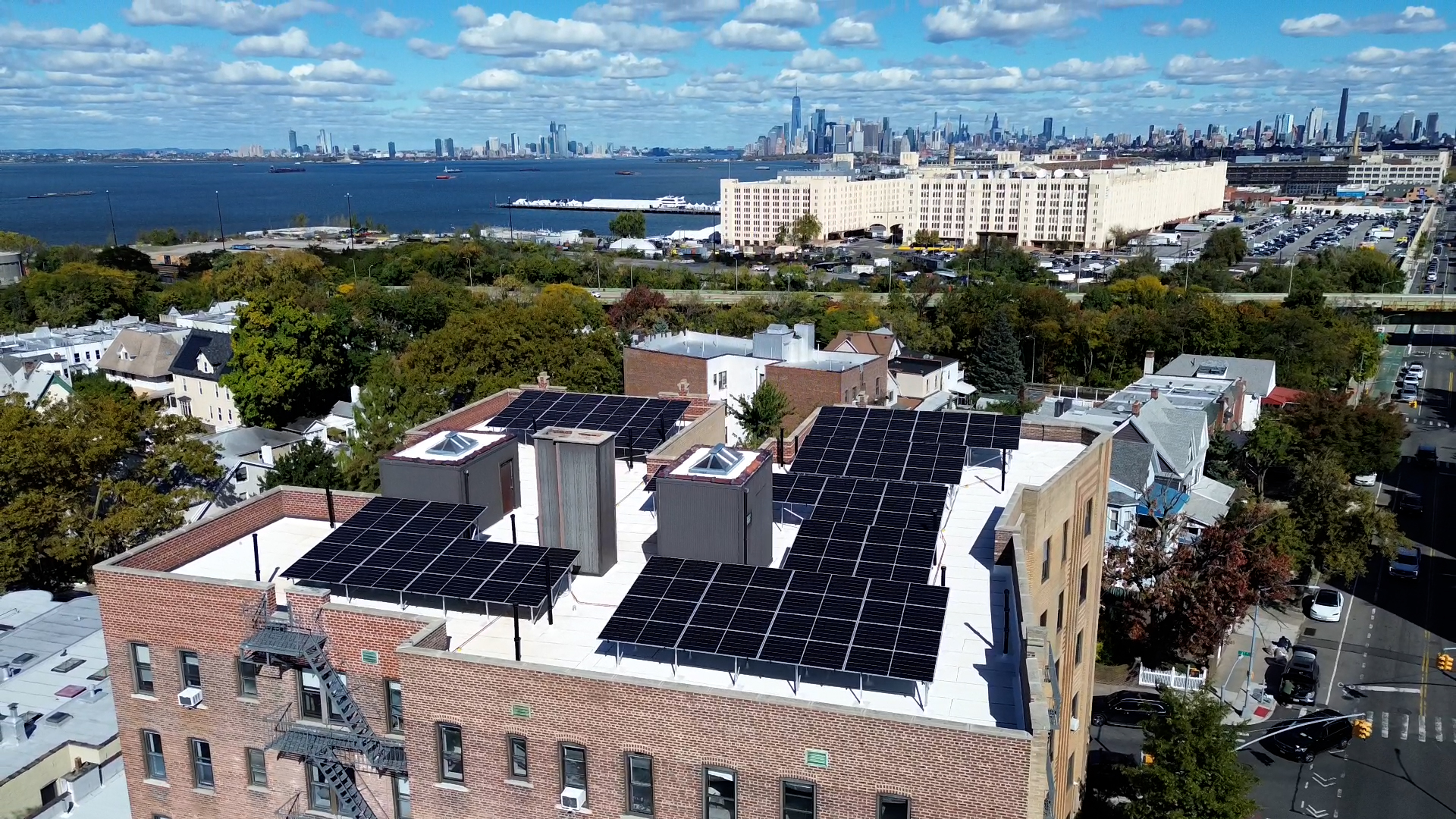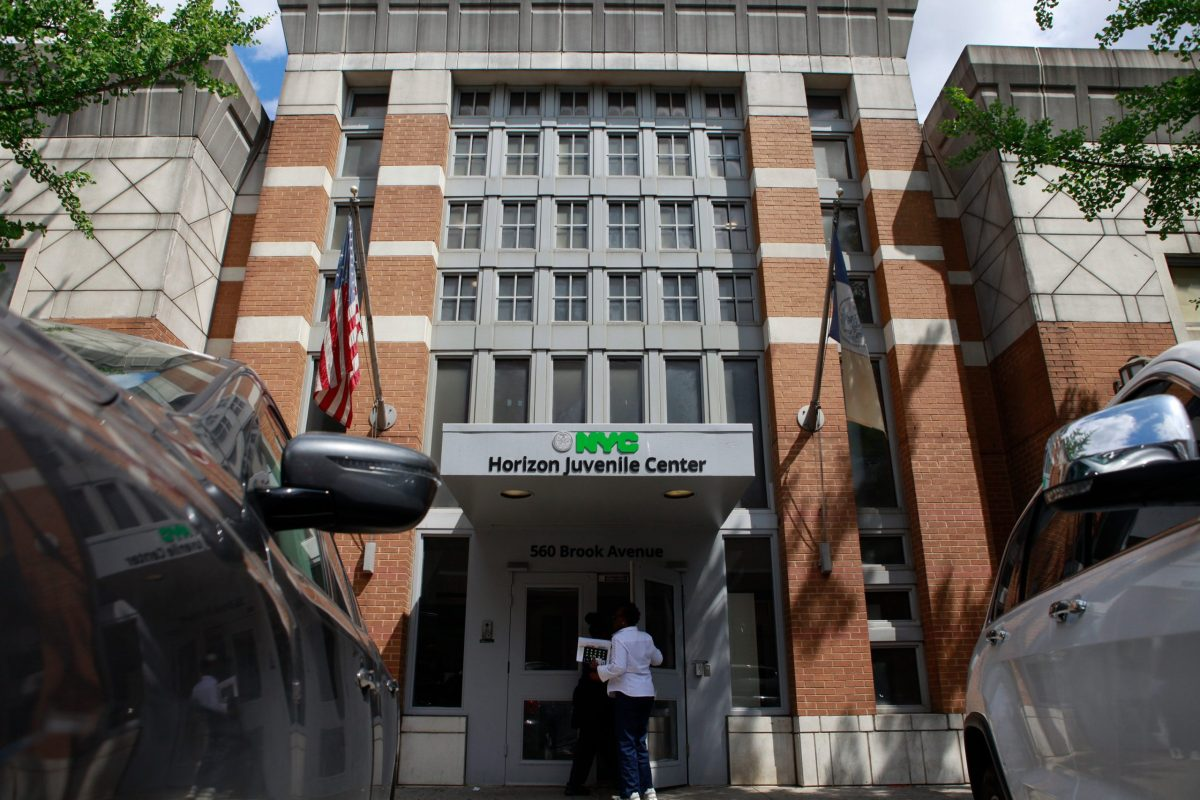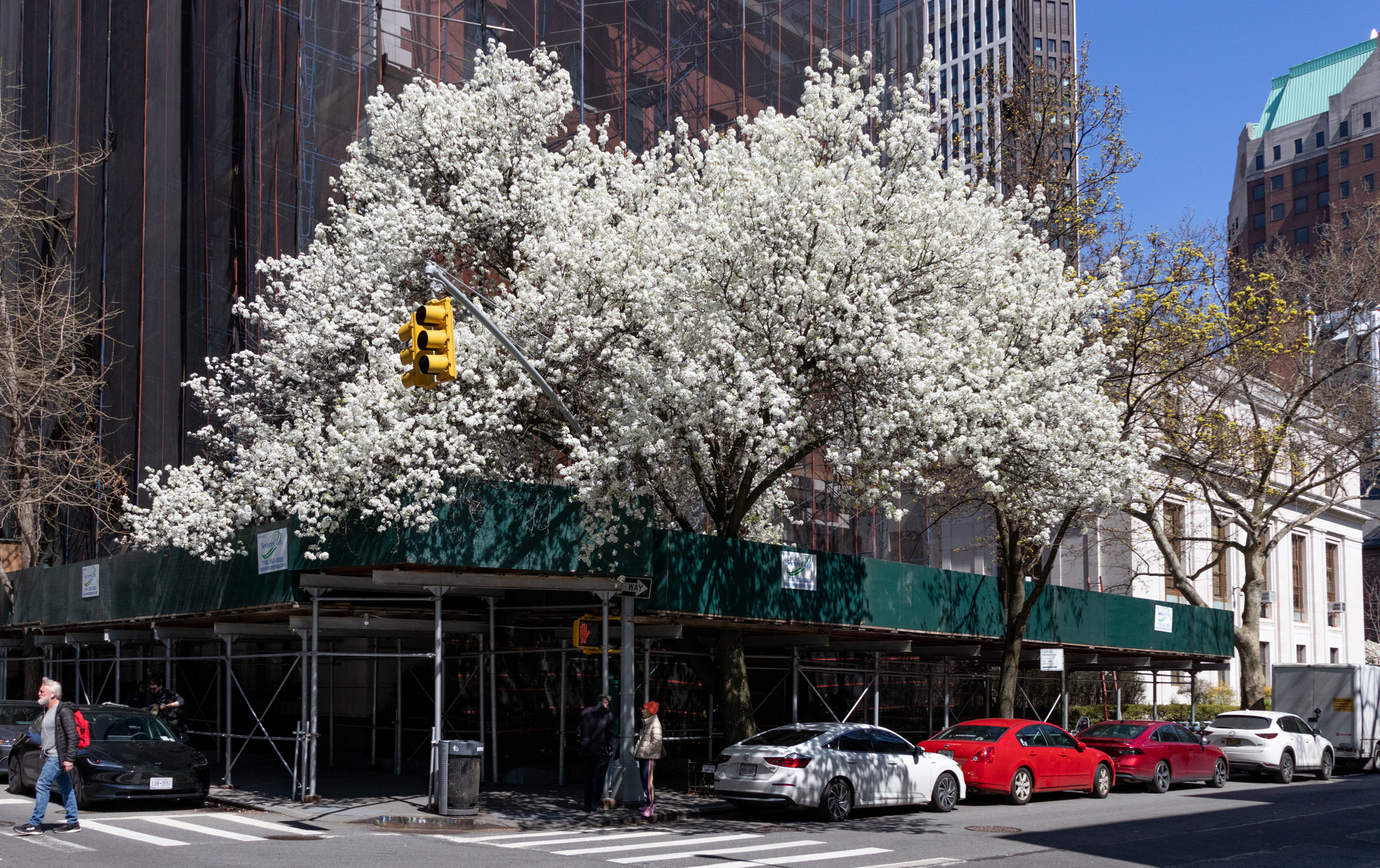Giant Reef of Oysters Near Canarsie Will Clean Water
The underwater marine project is set to kick off next summer and, by its completion in 2029, will be home to approximately 90 million oysters.

An oyster reef in NYC being installed at Brooklyn Bridge Park. Photo via Billion Oyster Project
By Barbara Russo-Lennon, amNY
New York Harbor is getting a pearl of underwater development off the shores of Brooklyn — one that will rival Australia’s Great Barrier Reef in terms of ecological importance.
The Billion Oyster Project, a local environmental organization, announced the construction of a new oyster reef in Paerdegat Basin, a channel that connects to Jamaica Bay, located just a few yards away from the Canarsie shoreline. The underwater marine project is set to kick off next summer and, by its completion in 2029, will be home to approximately 90 million oysters.
This is not the first oyster reef the organization has made in New York City, but at 6.5 acres in size, it will be one of its larger installations.
“It is a unique site for us because it’s close to shore and in shallow water,” explained Pete Malinowski, executive director of the Billion Oyster Project. “All the reef structures will be under water all the time right below the surface. And the reef will actually help protect some of the restored shoreline in the basin.”

So…why build an oyster reef in NYC?
To start, oysters were once abundant in Big Apple waters until humans ate many of them. But they’re not just a delicacy; the mollusks are also pivotal for healthy aquatic habitats.
“We’re very excited throughout the harbor to rebuild this three-dimensional habitat that used to be here, and through that work, provide homes and food for millions and millions of sea creatures that used to thrive in New York Harbor,” Malinowski said.
Some of those creatures expected to return to the new reef include crabs, shrimp, dozens of fish species, and other marine life.
Scientists consider oysters a keystone species for protecting shorelines in New York City and other areas and the animals who live there. Oyster reefs may not be as colorful as, say, the Great Barrier Reef in Australia, but their role in the environment is just as important.
“They’re ecosystem engineers,” Malinowski said. “Oysters, just like coral reefs. Coral is that keystone species that builds that three-dimensional reef. Without oysters, there are no oyster reefs. Without oyster reefs, there is none of that habitat.”
What does it take to build an oyster reef in NYC?
The project, which is supported by a $968,000 grant from House Minority Leader and U.S. Representative Hakeem Jeffries, will provide lots of on-water learning opportunities for thousands of Brooklyn students. The Billion Oyster Project’s education and community engagement departments work to engage schools and other groups with their projects.
“Reef installations like this one in Paerdegat Basin are opportunities to make that learning real for students,” Malinowski said.
Constructing the reef will include the placement of 1,015 concrete reef balls that are designed to protect the low-lying shore from storm surge in increasing significant storm events. And, it will reduce erosion throughout the basin.

The Billion Oyster Program incorporates oyster larvae, imported from East Coast hatcheries, into tanks with reef structures. The larvae swim around and attach to the reef balls or other items in the tank. Eventually the concrete balls, covered with oysters, go into the water.
Water quality in the Paerdegat Basin was poor for quite a long time, but has seen an improvement in recent years, Malinowski explained, because of work the NYC Department of Environmental Protection has done to install holding tanks and store and treat wastewater.
Just like the Department of Environmental Protection, these little bivalves will also help keep New York’s waters clean. Adult oysters are filter feeders that keep waters clean by gobbling up pollutants. One adult oyster cleans about 50 gallons of water each day.
Editor’s note: A version of this story originally ran in amNY. Click here to see the original story.
Related Stories
- New Trees, Mature-Tree Care Help Green-Wood Cemetery Buck Climate Change
- Greenpoint Residents Raise Health, Safety Concerns Over Concrete Plant
- Porous Pavement Coming to Some Brooklyn Streets in Flood Prevention Test
Email tips@brownstoner.com with further comments, questions or tips. Follow Brownstoner on X and Instagram, and like us on Facebook.





What's Your Take? Leave a Comment